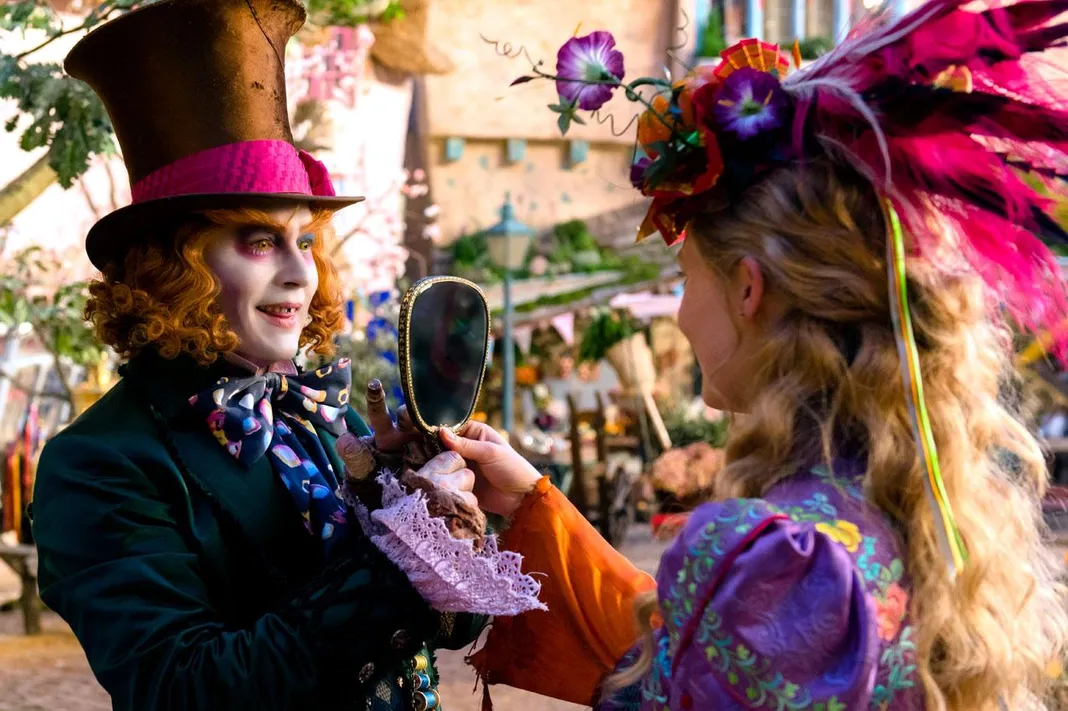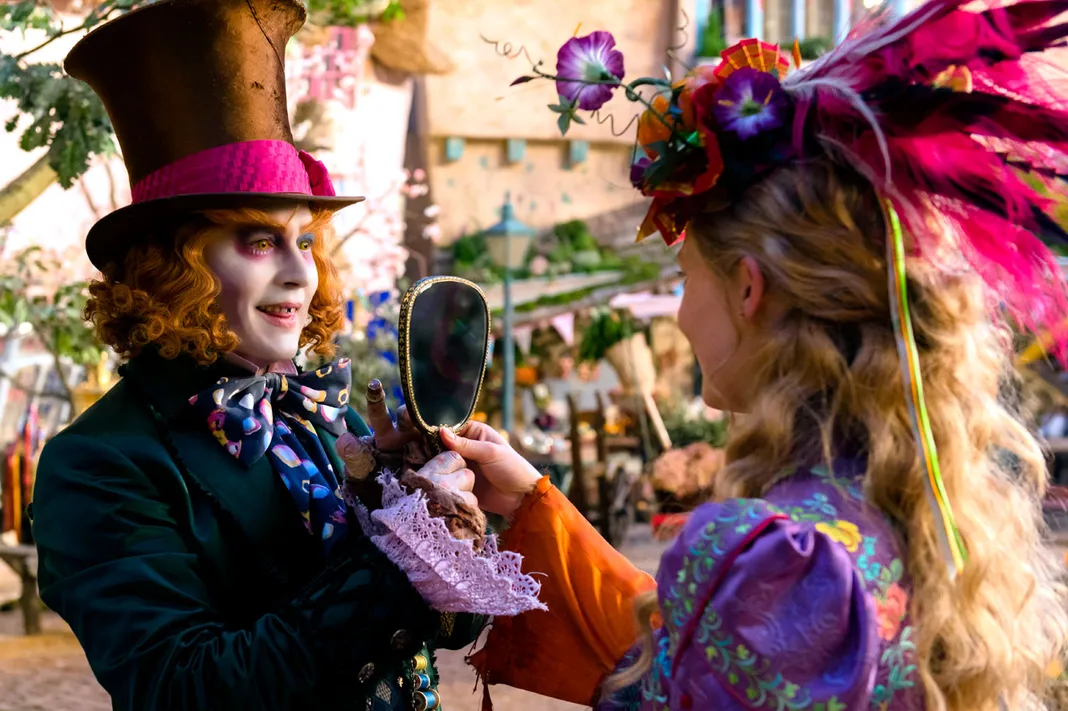From Harry Potter to The Notebook, book to film adaptations are usually some of the most profitable movies in Hollywood. Studios basically print money by taking your favorite stories and bringing them to life on the silver screen. However, if people knew the true stories behind these films, they probably wouldn’t be as eager to shell out $15 a pop to see them. It turns out that some of your favorite book-to-film adaptations were built on lies, sexual deviancy, and potential war crimes.
1. Alice in Wonderland might be about pedophilia

Alice in Wonderland is often considered one of the most influential fantasy stories ever written, however the classic Disney film might have been inspired by a dark secret. Some historians have suggested that Lewis Carroll (real name Charles Dodgson), author of Alice’s Adventures in Wonderland and its sequel Through the Looking-Glass, might have had an erotic interest in children. In the Carroll biography Lewis Carroll: A Biography, author Morton N. Cohen argues that Carroll’s “sexual energies sought unconventional outlets” citing the author’s preference for drawing children in the nude.
While some biographers have avoided labeling Carroll a pedophile (arguing that paintings featuring children were the norm in the Victorian era and citing Carroll’s series of scandalous affairs with both single and married women), others like Catherine Robson have called Carroll “the Victorian era’s most famous (or infamous) girl lover.” Specifically, Cohen and other Carroll biographers believe that the author was in love with the 11-year-old Alice Liddell, the daughter of a family friend. Historians have speculated that the Alice in Alice in Wonderland was even modeled after Liddell.
2. Rudyard Kipling probably stole a lot of The Jungle Book
As you may know, Disney is in the process of remaking its entire back catalog of films while they wait for Walt Disney‘s cryogenically frozen head to start making movies again (citation needed). This series of live-action remakes includes The Jungle Book, itself an adaptation of a collection of stories by English author Rudyard Kipling. However, the remake might not be the most unoriginal part of this story. It turns out Kipling might have stolen a lot of The Jungle Book.

Mowgli? Total Moses ripoff.
In 2013, an 1895 letter written and signed by Kipling was put up for auction. In the letter, Kipling admits that he might have plagiarized much of these stories:
“I am afraid that all that code in its outlines has been manufactured to meet ‘the necessities of the case’: though a little of it is bodily taken from (Southern) Esquimaux rules for the division of spoils. In fact, it is extremely possible that I have helped myself promiscuously but at present cannot remember from whose stories I have stolen.”
That’s right, Kipling described his level of theft as “promiscuous”, which makes him sound more like a horny high school football player, rather than a world renowned author.
3. The inspiration for The Parent Trap was anti-Nazi propaganda
The Parent Trap has been remade a few times over the years, but very few people realize these movies were originally based on a German novel titled Das doppelte Lottchen (translated into English as Lottie and Lisa). The novel by Erich Kästner follows Lottie and Lisa, twin girls separated at birth who are reunited at a summer camp. A nice light hearted story, right? About that…
Kästner was a pacifist and staunch opponent of the Nazi party, something that usually doesn’t sit well with Nazis. After Hitler took power in Germany, all of Kästner’s books were burnt. Not to be deterred, Kästner dedicated his career to ridiculing Hitler and the Nazi Party. Kästner’s social philosophy can even be seen in the deeper themes of The Parent Trap which talks about the power of innocence, the dangers of stereotypes, and the idea that people have value despite their differences.
4. The Chronicles of Narnia were inspired by World War II bombings
Speaking of World War II, in the late 1930s the British government began to evacuate children out of city centers and into the English countryside in order to, you know, save them from being blown up in German air raids.
In the 1930s several London schoolchildren came to live at The Kilns in Risinghurst, the home of author C.S. Lewis. Based on the Alice in Wonderland entry, you might think this story is about to take a dark turn. However, Lewis actually said that this experience gave him a newfound respect for children and inspired him to write The Lion, the Witch, and the Wardrobe, the first book in The Chronicles of Narnia. So you can think of The Chronicles of Narnia as an allegory for World War II and an analysis of the effect that war has on children.

So in this metaphor, Mr. Tumnus is like Belgium, we guess?


